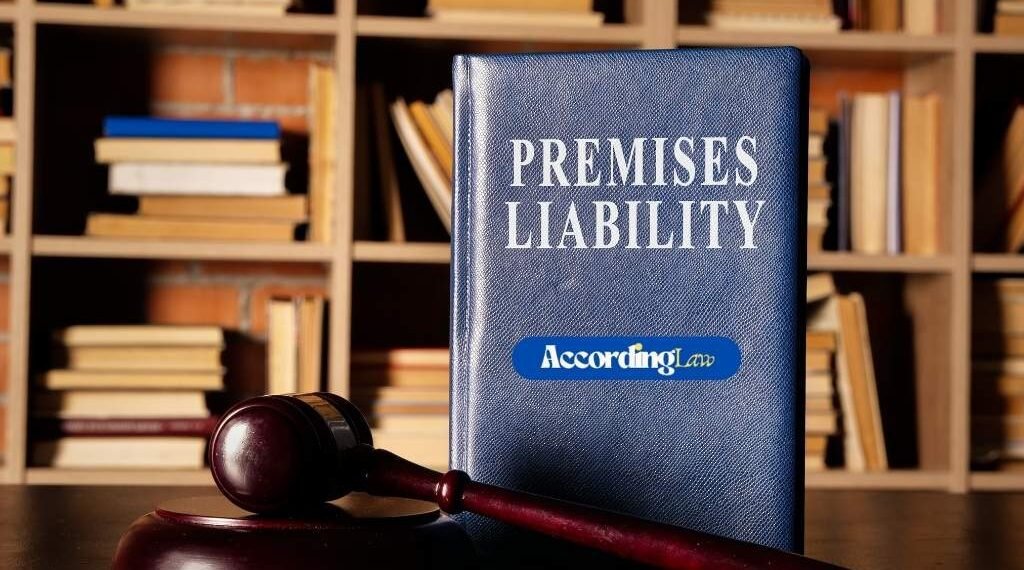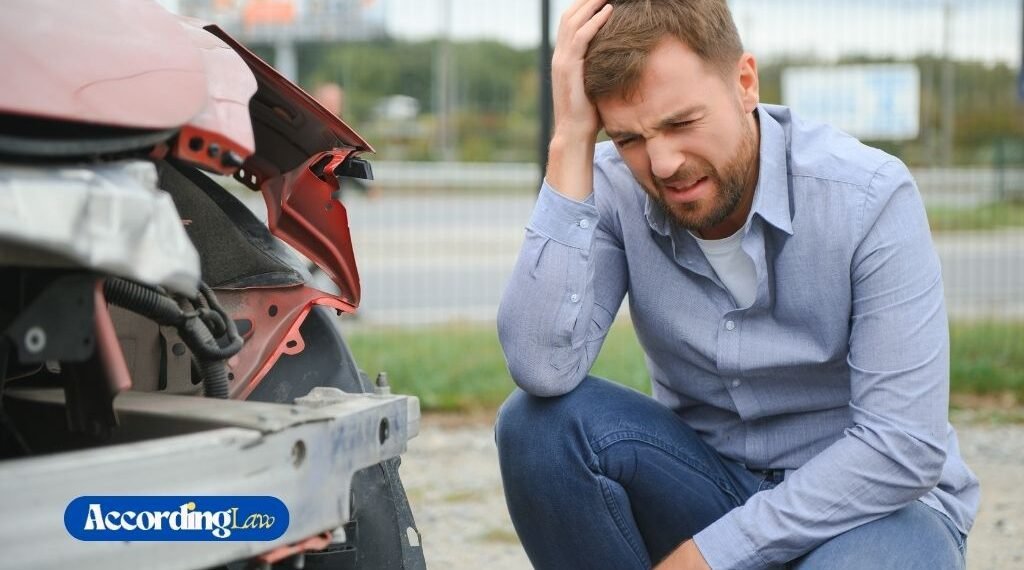Technology now permeates nearly every aspect of modern life. From autonomous vehicles to wearable health trackers and AI-driven home security systems, innovations designed to increase safety and convenience also carry new risks when they fail to function as intended. For victims, these failures can have devastating consequences. For the legal system, they raise a thorny question: who should be held accountable when harm is caused not by human error, but by machines, software, or data? Andrew Injury Law is confronting these challenges head-on, recognizing that the intersection of law and technology demands new ways of thinking about liability.
Table of Contents
Technology’s Double-Edged Sword
The promise of technology is efficiency, accuracy, and safety. Yet even the slightest glitch can unleash catastrophic outcomes. Consider a driverless car misinterpreting traffic signals due to faulty sensor calibration, or a pacemaker malfunctioning after a flawed software update. These aren’t just minor technical hiccups—they are life-altering failures that challenge the very foundation of existing liability doctrines.
Traditional injury law was built around human actors: a careless driver, a negligent employer, a reckless manufacturer. But when responsibility shifts to lines of code, real-time algorithms, or cloud-based data storage, the established rules falter. Courts must now grapple with cases where no single actor clearly stands out as liable.
Accountability Gap
At the heart of the issue lies an accountability gap created by the rapid acceleration of technological innovation. Legal frameworks evolve slowly, shaped through precedent and legislation. Technology, by contrast, advances overnight. This imbalance means that victims of tech-related injuries are often forced to wade through a gray area where responsibility is diffuse and contested.
For example, in the case of an autonomous car crash, potential liability could rest with:
Each of these points along the chain of causation opens up a different liability pathway. Sorting through them requires not only legal acumen but also technical expertise, as courts and lawyers must piece together what went wrong in systems designed to operate with minimal human oversight.
Insurance and the Struggle to Adapt
Traditional insurance policies were built for accidents caused by people, not machines or algorithms. As self-driving cars, connected devices, and other technologies assume greater responsibility, these policies often fall short. To close the gap, insurers are beginning to design new forms of coverage that account for failures tied to software errors, data breaches, and cyberattacks that cause physical harm.
For someone injured by a defective device, the absence of clear coverage can mean long delays before compensation is available—or a drawn-out fight over which policy applies. Businesses face the same uncertainty, unsure whether their existing protections actually extend to the risks created by advanced technology. Both sides are left navigating an insurance system that is still catching up to the realities of modern innovation.
Common Technology Failures That Complicate Liability
Software Glitches
A coding error may seem trivial, but in contexts such as aviation autopilot systems or hospital equipment, even a minor glitch can prove deadly. Determining fault becomes difficult when multiple companies contribute to a single system.
Hardware Malfunctions
Devices like smart locks or home security systems can physically fail, leaving users vulnerable. Was the failure caused by faulty design, a defective part, or poor installation? The answer isn’t always clear, but the implications for liability are profound.
Data Breaches and Cybersecurity Failures
When personal medical devices or connected cars are hacked, resulting harm extends beyond privacy loss, it can mean physical injury or death. Here, liability may hinge on whether manufacturers implemented sufficient safeguards or whether third-party cybersecurity vendors met their obligations.
Looking Ahead: Law in the Fast Lane
The accelerating pace of innovation means that courts, lawmakers, and insurers must rethink liability in real time. Legal precedents will increasingly hinge on questions about foreseeability, maintenance of complex systems, and whether companies took reasonable steps to prevent harm. The challenge isn’t simply about keeping up with technology, but about building frameworks that can adapt to its constant evolution.
For injury victims, the stakes couldn’t be higher. In this shifting environment, clarity about responsibility can mean the difference between receiving just compensation or facing years of unresolved disputes. Andrew Injury Law remains committed to guiding victims through these uncharted legal waters, ensuring that accountability keeps pace with innovation.


